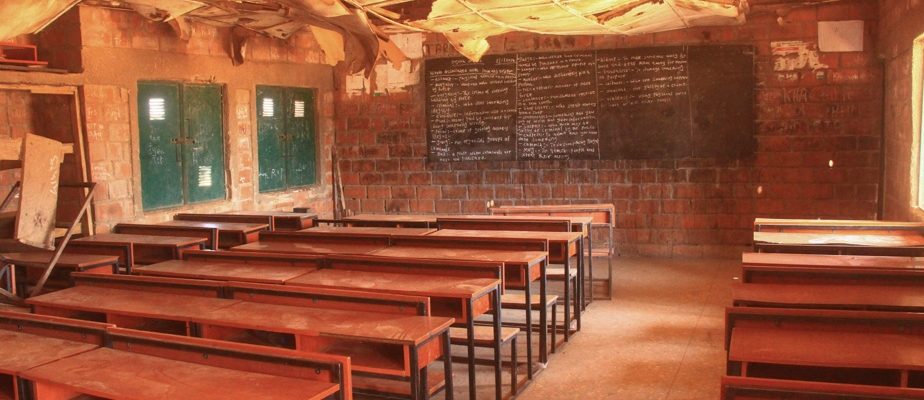(Abuja) Nearly 140 students, victims in early March of one of the largest mass kidnappings recorded in recent years in Nigeria, were released safely, the army and local authorities announced on Sunday.
“The 137 hostages — 76 girls and 61 boys — were rescued in Zamfara State and will be handed over to the Kaduna State government,” where they were abducted, the army spokesperson said. General Edward Buba.
According to Kaduna State Governor Uba Sani, “the kidnapped Kuriga school students” have been found “safe and sound”.
General Buba told AFP that all the little captives had been rescued. He then released photos showing children in dust-covered uniforms on buses.
The number of victims had previously been estimated at around 250 by teachers and villagers. However, the tolls are often revised downwards in Nigeria during mass kidnappings, with the return of people counted as missing but who in fact managed to flee the attacks.

PHOTO SUNDAY ALAMBA, ARCHIVES ASSOCIATED PRESS
Parents wait for news of their children, March 9, 2024.
The children, aged 8 to 15 according to press reports, were taken on March 7 by armed men who attacked their school in the village of Kuriga, in the northwest of the country, scene of kidnappings in on a large scale in recent years.
The tragedy had provoked a national controversy over insecurity in this country, the most populous in Africa, and massive searches by the army, particularly in the country’s forests, according to official officials.
President Bola Ahmed Tinubu praised the “tireless dedication” of those who worked for the happy outcome. “The President assures Nigerians that his administration is implementing specific strategies to ensure that our schools remain sanctuaries of learning, and not dens for kidnappings,” his spokesperson said.
“It is a day of joy,” Governor Uba Sani said in a statement, without specifying the circumstances of the release, but thanking the army, the president, the national security advisor and “all the Nigerians who prayed fervently for the safe return of the students.”
Gangs locally known as “bandits” are behind these massive kidnappings in the northwest and north-central Nigeria.
Kidnapping industry
They target schools, villages and highways where they can quickly kidnap large numbers of people for ransom.

PHOTO HAIDAR UMAR, AGENCE FRANCE-PRESSE ARCHIVES
School from which children were kidnapped
Officially, the payment of ransoms has been prohibited since a law adopted in 2022 and the authorities deny any payment when the hostages are released following negotiations with the kidnappers.
Many victims of mass kidnappings remain missing.
Last weekend, kidnappers kidnapped more than 100 people in two attacks in Kaduna state.
On Saturday, the army announced that it had rescued 16 students kidnapped just two days after the Kuriga attack, from a school in Sokoto, also in the northwest of the country.
In the early 2000s, kidnappers targeted oil workers in the Niger Delta, but hostage-taking has since become a domestic industry for criminal gangs and jihadists.
According to Nigerian risk consultancy SBM Intelligence, 4,777 people have been kidnapped since President Bola Ahmed Tinubu took office in May 2023.
Bola Ahmed Tinubu came to power last year promising, like his predecessors, to tackle insecurity, fueled by jihadist groups, bandits in the northeast and the outbreak of inter-communal violence in the southern states. center.
At the start of the year, he affirmed that he would tackle the root causes of this crisis, in particular through education.
But experts say the country’s economic crisis is now leading to a rise in kidnappings, as desperate Nigerians turn to crime to make money.
The recent mass kidnappings came nearly 10 years after Boko Haram militants sparked an international outcry in 2014 by kidnapping more than 250 schoolgirls in Chibok, in the northeast.
Boko Haram and the rival group Islamic State West Africa Province (ISWAP) still regularly carry out kidnappings.
